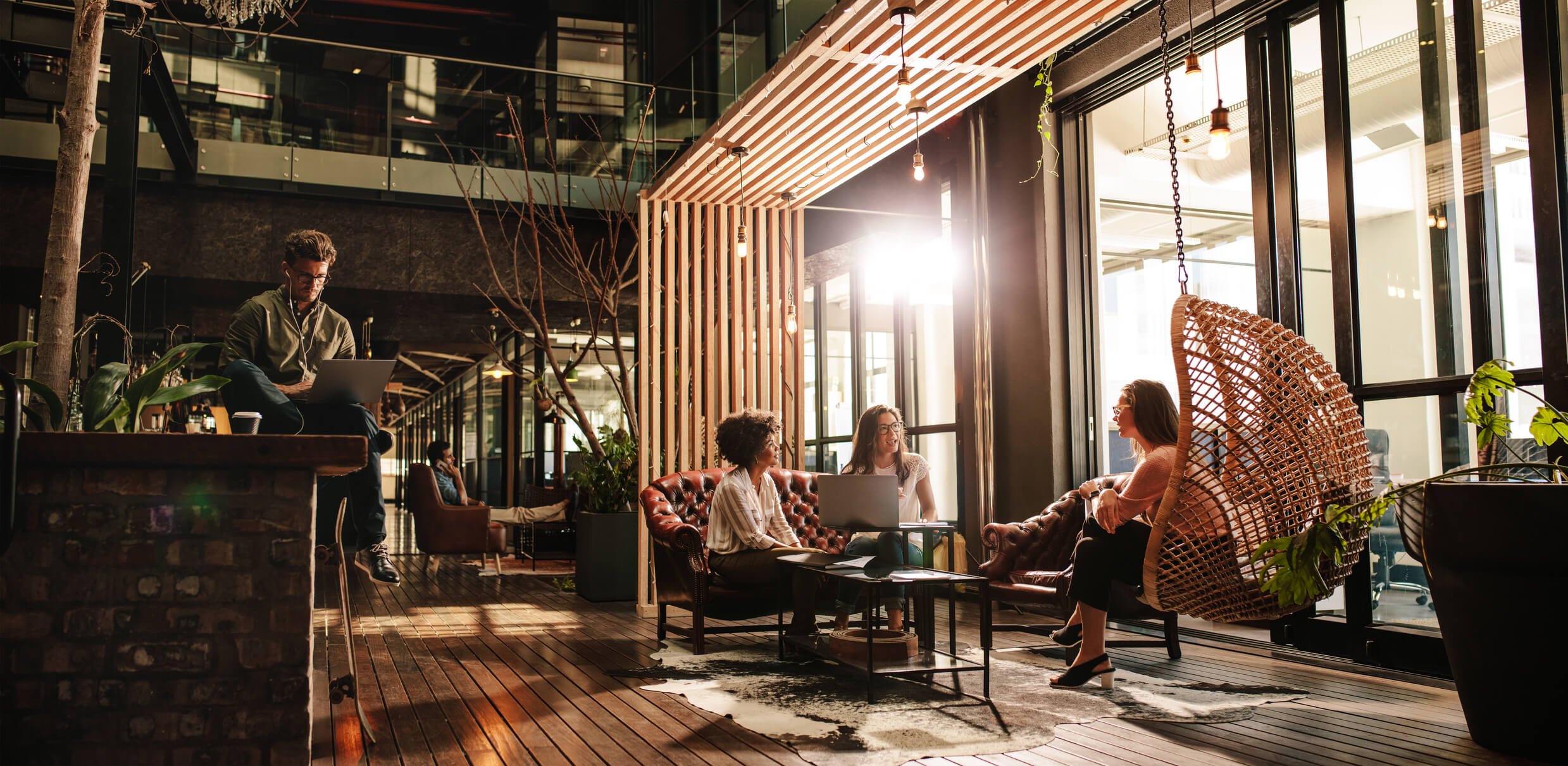
In recent years, a much greater importance has been placed on sustainable packaging. All kinds of industries are feeling the pressure to create packaging that is functional but does not consume too large of a share of global resources. Last year, packaging supplier Tetra Pak released results from research initiatives which showed that more consumers trust environmental labels and look for these logos on food packages that they purchase.
Will Google Glasses Play a Role in Supply Chain Efficiency?
Examples Of Big Brand Sustainable Packaging Solutions
The recent consumer demand for sustainable packaging is so pronounced that even the largest global brands are paying attention. In 2011, companies like ConAgra, Colgate-Palmolive, and Procter & Gamble banded together to create the American Institution for Packaging and the Environment (AMERIPEN). The Guardian reported that Coca-Cola recently began its Second Lives campaign, which uses screw-on bottle caps to turn empty soda bottles into useful objects like lamps, spray bottles, and soap dispensers.
Eco-Friendly Void Fills That Will Leave You Speechless
Sustainable packaging solutions of big brands are not limited to the food and household product industry. European conglomerate Unilever won the Diamond Award at this year’s DuPont Packaging Awards, an annual contest held to recognize the best advancements in sustainable packaging. Unilever was recognized for its sustainable deodorant packaging, which halved the amount of material required to make a deodorant can while still providing the same amount of product.
What We Can Learn From The Rise Of Sustainable Packaging
It is clear that large companies all over the world understand the importance of sustainable packaging, but what does this trend mean for the future of recyclables and packaging in general? There are a few key takeaways that we can gather from the popularity of sustainable packaging solutions of big brands:
4 Sustainable Packaging Trends You Need To Know About
- Big brands are very conscious of consumer opinion: it would be naïve to think that large corporations are only moving towards sustainable packaging because it is the ethical thing to do. Reports and surveys of the consumer preference for sustainable packaging have undoubtedly influenced the decisions of major corporations in this arena
- Recyclability is becoming a popular marketing tool: it is very common to see examples of companies touting the sustainability of their products. Major corporations are jumping at every chance they get to show off their environmental responsibility. For example, take SeaWorld’s Cup That Cares, which uses RFID technology in conjunction with drink dispensers to show park guests how they are saving the environment by using these specially-designed cups
- Companies in certain industries have work to do to catch up to the global sustainability trend: while it is commendable to see big businesses concerned about the environment, the new rise in prominence of sustainable packaging solutions of big brands means that companies with product packaging that is especially hard to recycle will need to think creatively to overcome these challenges. Mattresses and potato chips are two examples of popular consumer products that are not easily recyclable.
Are Inflatable Void Fills The Right Solution For You?
As recycling technology advances and consumers develop a greater understanding of the importance of environmental sustainability, the future of the packaging industry is sure to see plenty of change. It will be very interesting to see how these changes impact sustainability and how consumers across the globe will react to them.

About Michael Wilson
Michael Wilson is AFFLINK'S Vice President of Marketing and Communications. He has been with the organization since 2005 and provides strategic leadership for the entire supply chain team. In his free time, Michael enjoys working with the Wounded Warrior Project, fishing, and improving his cooking skills.





